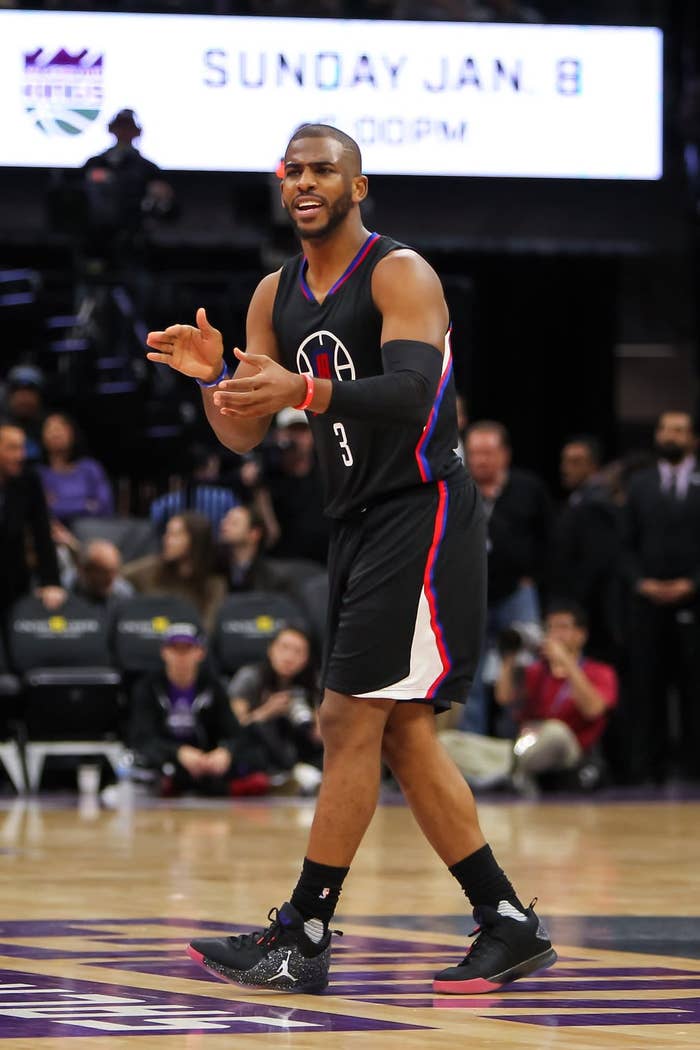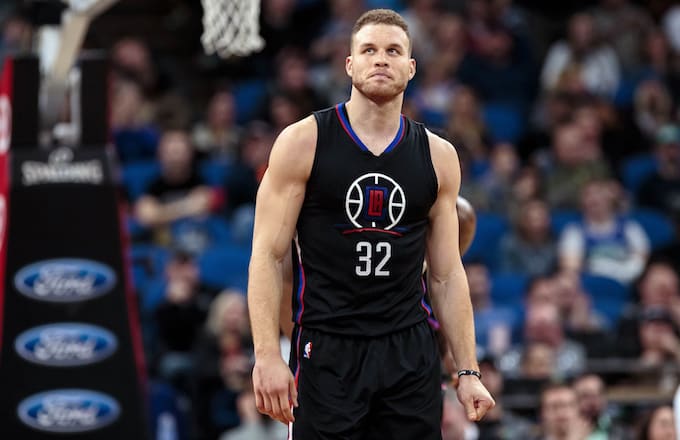In the 14 seasons prior to acquiring Chris Paul in December of 2011, the Los Angeles Clippers made the playoffs exactly once, improbably advancing to the Western Conference Semifinals in 2006. Outside of that it’s been bad. How bad? Try 17-65 bad (1998), 15-67 bad (2000), 19-63 bad (2009). Toss in noted racist owner Donald Sterling, and the Clippers were a perennial embarrassment both on and off the court.
When they acquired Paul, things changed. His first season in L.A., the lockout-shortened 2011-12 season, the Clippers went 40-26 and advanced to the Western semis for just the second time in their history. They’ve made the playoffs every year since, and are NBA laughingstocks no more. But following this season’s first-round exit, their second in as many years, it’s time for another change. It’s time to take the next step.
On the bright side, there is no better time for a revamp. Sterling has been replaced by Microsoft zillionaire Steve Ballmer, and four of the five Clippers’ starters (shoutout DeAndre Jordan!) are free agents. And as the cap continues to rise, every existing contract just becomes more tradeable—and maintaining the status quo just becomes that much more expensive. Even Ballmer may balk at the cost of retaining a core that, in the grand scheme of things, hasn’t done much.

Let’s get the easy part out of the way first: Paul is turning 32 in a week, has played more than 75 games in a season exactly once as a Clipper, and can sign a $200 million-plus deal this summer. And the Clippers should offer him exactly that on the first day of free agency.
Without Paul, the Clippers are likely still mired in awfulness; Jordan and Blake Griffin are likely already gone; Doc Rivers is likely—well, somewhere else. Is $200 million a lot for a 6-foot point guard who last year wasn’t named an All-Star for the first time in a decade? Absolutely. Should the Clippers pay it? Absolutely.
Then there’s the little matter of the rest of the roster, including Rivers. As Paul Pierce rides off into the sunset, it’s worth considering that perhaps nearly everyone else should ride off with him. This is not to say that the current iteration of the Clippers has been a failure, or that the past six seasons were pointless. They aren’t, and they weren’t. They’re very good, it’s just that they’re not quite good enough.
Think of what’s happened in the NBA between 2011 and now, and how the Clippers have adapted to it. The 3-pointer has become tremendously important—and while the Clips ranked 11th in attempts (2,244) and 7th in percentage (.375) in threes last year, both of those numbers are primarily due to 32-year-old J.J. Redick (468 and .429 respectively) and 37-year-old Jamal Crawford (322 and .360). Redick’s a free agent this summer too, and he’s probably going to be too expensive to bring back.

Then there’s Griffin, the 28-year-old former No. 1 overall pick, who has missed significant time each of the past three seasons (including the final four games of this year’s playoff run) even as he’s transformed himself from a dunk-everything athletic freak to a more well-rounded frontcourt playmaker. This season he took 100-plus 3-pointers for the first time in his career, connecting on a respectable 34 percent of them. He too is eligible for a massive payday this summer, as the Clippers can max him out at around $175 million over five years. The easy thing for the Clippers to do would be to offer it.
This is likely what Rivers is leaning toward. He’s long showed loyalty to his players, and, with Griffin missing the latter part of the Jazz series, it wouldn’t be fair to put the Clippers’ latest postseason failure on him. But honestly, maybe it would be for the best if both went—Rivers perhaps back to Orlando where he started his front office career. Griffin is still a terrific player, but seems neither stretchy (1.9 threes a game) nor four-y (8.1 rebounds per) enough to risk another max-money, max-term deal, especially with his continuing injury woes. Perhaps a compromise is in order: a shorter-term deal to allow both flexibility for both Griffin and the Clippers, with the possibility of a trade if things don’t improve. But we doubt Griffin—or any other NBA superstar—would opt for that kind of uncertainty over the security of a five-year mega deal.
Which brings us at long last back to Ballmer, who took over from Sterling back in the summer of 2014. He’s been a constant presence at Clippers games ever since, quite obviously living and dying by the fortunes of his team. While Sterling was content to allow the team to fund his lavish lifestyle, Ballmer clearly wants more. He’s willing to pay for talent, but he also wants to see results beyond those which the team accomplished without him. And so far in his tenure they’ve regressed, going from 56 wins to 53 to 51.
In historical context, this is not terrible. It took the Clippers 43 years to have their first 50-win season, and they’ve done it every season since. That’s something to be proud of. As plateaus go, this is a high one. But for the Clippers of Ballmer and Paul, Clippers 2.0, plateauing should not be enough. And in order to take that next step, they should be willing to do whatever it takes to get there. Even if it means parting with those who helped them get as far as they have.

